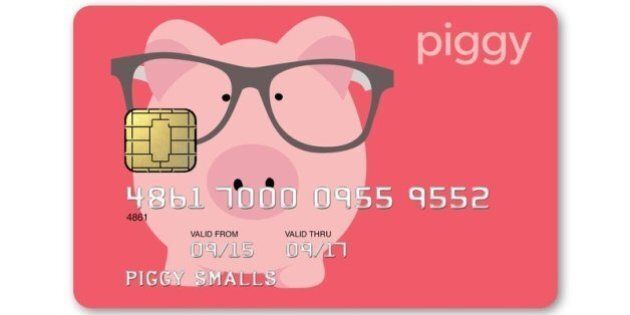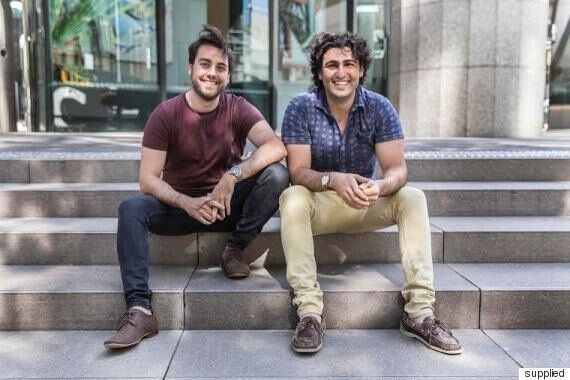
It’s rare to meet a person who has never experienced anxiety about money, at least once in their lifetime. For many of us, it all comes down to a lack of knowledge. But imagine if you were well-educated in the basics of money, from childhood? That’s the intention behind fintech start-up Piggy – a digital piggybank (pre-paid debit card) for 8-18 year olds.
Piggy is the brainchild of former investment banker Mario Hasanakos, and Alex Badran, a recent PhD USyd graduate in mathematics. Piggy is a financial education product for families, built around a pre-paid debit card for kids, aged 8-18. They get a card which is useable for wherever you can use a credit card. Through an app, parents can add money onto the card for their kids -- either one-offs or a regular allowance. Then they can also watch their kids' transactions in real time. Parents can also encourage kids to save through savings goals that are set up inside the app.
“We’ve both been in the financial world and there’s a great sense of anxiety about money. If you’re better with money you can save better. If you understand spending better, you can alleviate your stress. We found that there are various types of personality when it comes to money, there are spenders and there are hoarders. Every family has personality types that drive the way they behave with money. But if you’re educated about money from a young age, you’re better equipped to develop a healthy relationship with money,” Badran said.

Mario Hasanakos & Alex Badran from Piggy.
Featuring a prepaid debit card, reliable pocket money, real-time transactions, instant top-ups, and the ability to set savings goals, as well as lock cards on demand, kids are empowered with the freedom and independence to make their own real-world spending and saving decisions.
Parents are given a safe, simple tool to give allowance and follow their children’s spending and savings.
“There’s a misconception that kids don’t save. But what our research has found is that if you put the information into a language that they’re familiar with, like mobile phones and tablets, and make it visual and engaging, they actually really love learning about money. But dealing with physical money and piggy banks don’t make sense to them the way screens do,” Hasanakos said.
“In consumer finance people are willing to make really irrational choices and just be ok with it. It’s an entrenched behaviour that comes from habits they build up in early adulthood and its ultimately what guided us back towards children. Kids don’t have those behaviours as entrenched yet and if you want to teach financial education you have to start a lot earlier.”
The 8-18 year age bracket was devised following research by Hasanakos and Badran that found while children don’t make independent spending decisions at the age of eight, it’s a time when they are becoming aware of money and spending.
“So at the earlier scale, eight years old, mum or dad will hold onto the card and guide them. It’s a way for them to learn money doesn’t grow on trees, it doesn’t just appear in mum’s wallet; it’s actually something you have responsibility over. But for older kids, they’ll be able to use the card themselves and start making informed decisions,” Hasanakos said.
“We’re focussing not only financial education in the traditional sense but also behavioural education. Financial issues are a major cause of stress and anxiety amongst Australian adults. If we can help families teach their kids to be responsible and comfortable with money from an early age, we can go a long way to helping the next generation live happier lives."
Piggy will be available early in 2016.